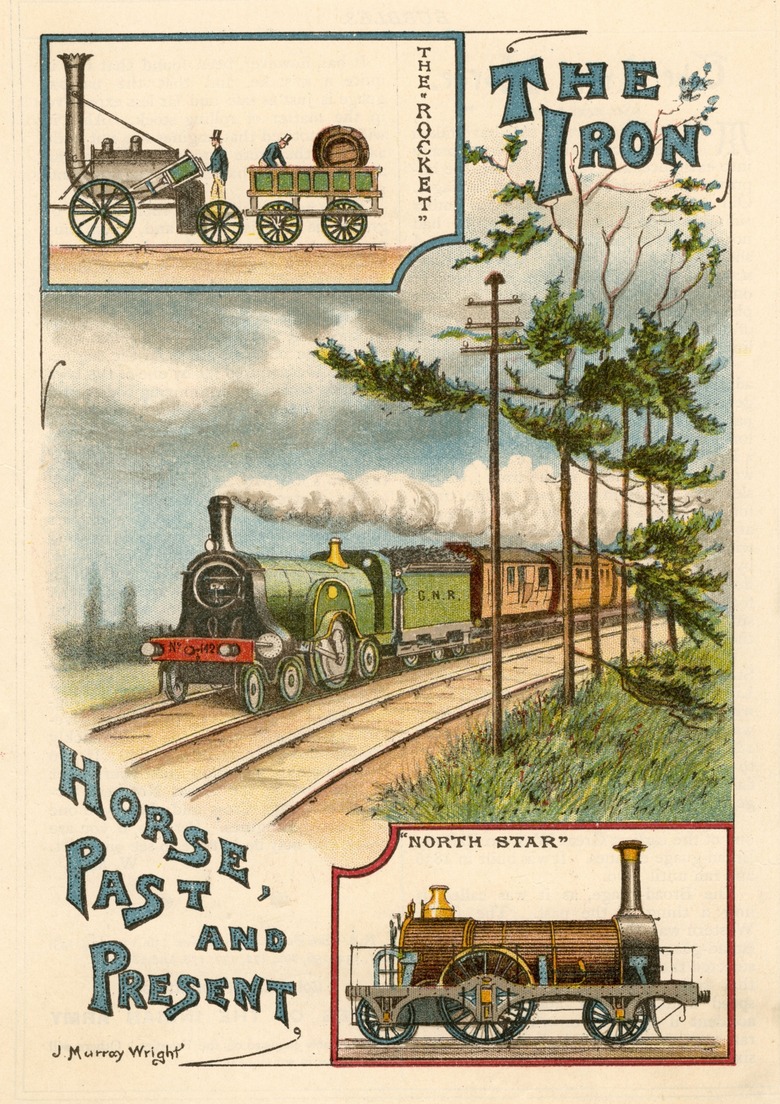Elements Of The European Industrial Revolution
The Industrial Revolution began in the United Kingdom but soon spread to continental Europe. The late 1700s and 1800s significantly altered European life, changing the continent's predominantly rural society forever. The revolution spread across Europe in different ways, affected by each country's existing industries and resource base. France, for example, competed with the United Kingdom in the textile industry but its lack of coal and iron delayed the development of heavy industry, while the division of Germany into numerous small states meant the revolution arrived here later.
Technological Innovation
Technological Innovation
Invention and innovation were key elements of the Industrial Revolution. Pre-existing technology was developed into profitable new inventions. For example, the steam engine, developed in the 1760s and 1770s by James Watts, meant energy could be created anywhere and industry could now choose its location much more freely. In the textile industry, power looms like those developed by Edmund Cartwright in 1785 were much more efficient than the hand-powered looms previously used. Some industrial processes were also made more efficient through innovation; in the metal industry a machine known as the Bessemer converter increased the efficiency of steel production from 1856 onward.
New Industries
New Industries
Alongside innovation in existing industries like textiles, entirely new industries sprang up during the Industrial Revolution. The world's first steam-powered railway opened in England in 1825, and the mode of transport quickly expanded across Europe. By 1850, continental Europe possessed 8,000 miles of railroad track, but by 1900 Germany alone had 26,000 miles, cutting transportation times. Steam engines also revolutionized waterborne transport, initially on canals and rivers but later via steam-powered ocean-going ships. Communication also sped up; from 1837, for example, Samuel Morse's "lightning wires" and Morse code allowed messages to pass quickly across long distances.
Resource Exploitation
Resource Exploitation
The Industrial Revolution spurred the exploitation of Europe's natural resources. The new industries could not function without commodities like coal and metal ores, meaning mines were established and extended wherever these natural resources existed. The coalfields of South Wales, for example, raised production from 4.5 million tons in 1840, to 8.8 million tons in 1854, to 16.5 million tons in 1874. Some landowners became very wealthy by exploiting the resources under their land, but for those who worked in the mines, conditions were very difficult and life expectancy low.
Population Movement
Population Movement
The years of the Industrial Revolution fundamentally altered Europe's population geography. The revolution inspired people to migrate from the European countryside to urban centers where jobs were being created in large numbers. In 1800, only 23 European cities had more than 100,000 inhabitants, but by 1900 this had risen to 135. Migration helped cities grow but also radically changed the profile of their population. The German city of Duisberg stood in the increasingly industrialized Ruhr valley and expanded from its 1853 population of 10,000 to 150,000 in 1914. The city's new heavy industries attracted visible Dutch and Italian migrant communities, along with Poles, Eastern Prussians and people from nearby rural areas. As a result, Duisberg experienced a dramatic shift in its religious denomination, changing from 75 per cent Protestant in the 1820s to 55 per cent Catholic by 1900.
References
- Encyclopedia Britannica: History of Europe, Revolution and the Growth of Industrial Society
- BBC Bitesize: History, The Industrial Revolution
- Parliament.uk: Learning Resources, The Industrial Revolution
- BBC Wales: Society and Culture, Industry, The 19th Century
- BBC Learning Zone: Children Working in Coalmines
- "Migration and Urbanization in the Ruhr Valley"; James H. Jackson Jr, Ph.D (Google books)
- Invent Now Hall of Fame: Inventor Profile, Samuel Morse
- "Journal of Social History"; Migration and Urbanization in the Ruhr Valley review; Leslie Page Moch Ph.D
Cite This Article
MLA
Kennedy, Rita. "Elements Of The European Industrial Revolution" sciencing.com, https://www.sciencing.com/elements-european-industrial-revolution-8601/. 24 April 2017.
APA
Kennedy, Rita. (2017, April 24). Elements Of The European Industrial Revolution. sciencing.com. Retrieved from https://www.sciencing.com/elements-european-industrial-revolution-8601/
Chicago
Kennedy, Rita. Elements Of The European Industrial Revolution last modified March 24, 2022. https://www.sciencing.com/elements-european-industrial-revolution-8601/
